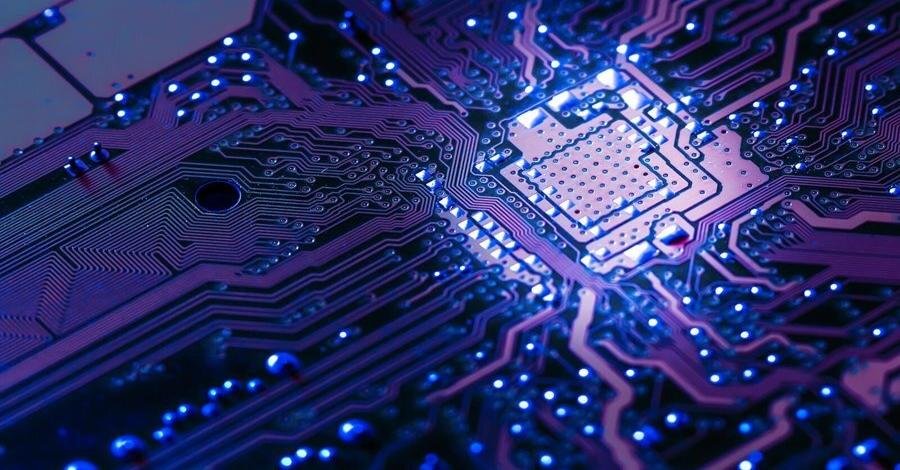Are you curious to know what is interfacing in microprocessor? You have come to the right place as I am going to tell you everything about interfacing in microprocessor in a very simple explanation. Without further discussion let’s begin to know what is interfacing in microprocessor?
In the realm of microprocessors and digital systems, interfacing plays a pivotal role in bridging the gap between the digital world of microprocessors and the external world of peripherals and devices. But what exactly is interfacing in microprocessors, and why is it essential? In this blog, we will explore the concept of interfacing, its significance, and how it enables seamless communication between microprocessors and external components.
What Is Interfacing In Microprocessor?
Interfacing in microprocessors refers to the process of connecting and enabling communication between a microprocessor and external devices or peripherals. Microprocessors, as the brains of digital systems, can perform various tasks and calculations, but they often need to interact with external components such as memory, input/output devices, sensors, displays, and more to fulfill their functions effectively.
Key Components Of Interfacing:
- Data Bus: The data bus is a set of wires or conductors that allows the exchange of data between the microprocessor and external devices. It carries binary data, which may represent instructions, addresses, or other information.
- Address Bus: The address bus is another set of conductors that carries memory addresses generated by the microprocessor. These addresses are used to select specific locations in memory or peripheral registers.
- Control Signals: Control signals include various control lines that indicate the status of the microprocessor and specify the type of operation being performed. These signals include read, write, clock, and reset signals.
- Peripheral Devices: These are the external components that the microprocessor communicates with, such as memory chips, input devices (like keyboards and sensors), output devices (like displays and printers), and more.
Significance Of Interfacing In Microprocessors
Interfacing serves several crucial purposes in the world of microprocessors and digital systems:
- Device Compatibility: Different microprocessors may have varying data bus widths, voltage levels, and signaling protocols. Interfacing ensures that the microprocessor can communicate with a wide range of peripheral devices, regardless of their specifications.
- Data Transfer: Interfacing enables the efficient transfer of data between the microprocessor and external devices. It ensures that data is correctly formatted, synchronized, and transmitted without errors.
- Control and Coordination: Interfacing allows the microprocessor to control external devices by sending commands, reading data, or receiving status information. It coordinates the timing and sequencing of operations.
- Expansion and Customization: Interfacing facilitates the expansion of a microprocessor-based system by adding new devices or replacing existing ones. It allows for the customization of systems to meet specific application requirements.
- Error Handling: Interfacing may include error detection and correction mechanisms to ensure data integrity and reliability in data transmission.
Common Examples Of Interfacing
- Memory Interfacing: Memory chips (RAM and ROM) are critical components interfaced with microprocessors to store program instructions and data. Interfacing ensures efficient read and write operations.
- Input/Output Interfacing: Keyboards, displays, sensors, and other input/output devices are interfaced with microprocessors to enable data input and output.
- Display Interfacing: Interfacing with various types of displays, such as LED, LCD, or OLED screens, allows microprocessors to present information visually.
- Communication Interfacing: Microprocessors can communicate with other devices, such as microcontrollers, through communication interfaces like UART, SPI, or I2C.
Conclusion
Interfacing in microprocessors is the crucial link that enables digital systems to interact with the external world effectively. It ensures compatibility, data transfer, control, and customization of microprocessor-based systems. As technology continues to advance, interfacing plays an ever more critical role in connecting digital devices, making our interconnected digital world possible. It is the key to enabling the seamless flow of information and functionality in modern electronics.
On GetDailyBuzz you will get to know beneficial information which required in your daily life.
FAQ
What Do You Mean By Microprocessor Interfacing?
Interfacing a microprocessor is to connect it with various peripherals to perform various operations to obtain a desired output. Memory Interfacing and I/O Interfacing are the two main types of interfacing.
What Is The Concept Of Interfacing?
Interfacing is a textile used on the unseen or “wrong” side of fabrics to make an area of a garment more rigid.
What Is Interfacing In 8085?
The Memory Interfacing in 8085 is used to access memory quite frequently to read instruction codes and data stored in memory. This read/write operations are monitored by control signals. The microprocessor activates these signals when it wants to read from and write into memory.
What Is Interfacing In Microcontroller?
Interfacing can be defined as transferring data between microcontrollers and interfacing peripherals such as sensors, keypads, microprocessors, analog to digital converters or ADC, LCD displays, motors, external memories, even with other microcontrollers, some other interfacing peripheral devices and so on or input …
I Have Covered All The Following Queries And Topics In The Above Article
What Is Interfacing In Microprocessor Pdf
What Is Interfacing In Microprocessor Geeksforgeeks
What Is Interfacing In Microprocessor 8086
What Is Memory Interfacing In Microprocessor
Types Of Interfacing In Microprocessor
What Is I/O Interfacing In Microprocessor
Memory Interfacing In 8085 Microprocessor Pdf
What Is Interfacing In Microprocessor In Hindi
What Is Interfacing In Microprocessor
What is the need for interfacing

